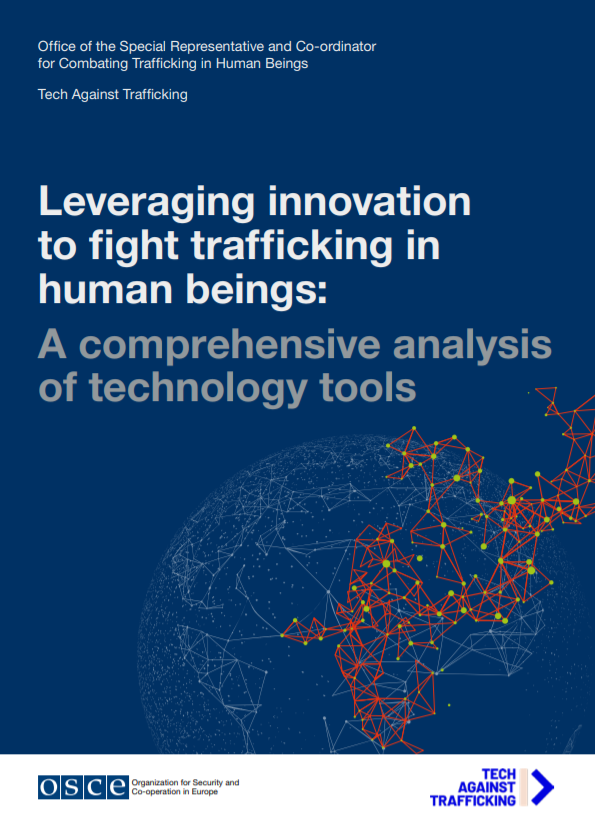Artificial Intelligence – Combating online sexual abuse of children
PublicationsThe rapid growth of digital technology has revolutionized our lives, transforming the way we connect and communicate. Internet access, mobile devices and social media are now ubiquitous, especially among children. Of the 4.5 billion people with acce...Read More

